Mark to Market
Refers to an accounting method that measures the fair value of accounts that can fluctuate over time.
Mark-to-Market is an accounting methodology where assets are valued not by their purchase price but by their current market value; hence they are ‘marked’ to market. This means a company’s balance sheet will constantly change, which can be problematic when firms have minimum capital reserve requirements.

In a scenario where a firm has to liquidate assets due to margin or capital requirements, and those assets have an extremely low (or non-existent) market value, this makes them hard to sell, which creates further financial difficulties. The problem exacerbates itself in a vicious cycle.
Historical cost accounting maintains the asset’s value at the original purchase price. However, marking to market can provide a more accurate representation of an institution’s or company’s total asset value.
This is done by adjusting the balance sheet accounts according to the prevailing market conditions. The asset’s value then reflects the amount it can be exchanged for based on the current market prices.
However, during volatile market periods, the MTM approach may not lead to the most accurate measurements of an asset’s worth or value.
In trading and investing, this method can determine the fair market value of some securities, such as futures and mutual funds.
Understanding the concept
- Mark-to-market in accounting: This is an accounting approach under which the value of an asset is adjusted on the balance sheet to reflect the current market value. This will represent the amount the company would get if it sold the asset today.
- Mark-to-market in personal accounting: In personal accounting, the market value is equivalent to the asset’s replacement cost.
For example, If a homeowner needs to rebuild their home, the insurance will include the current cost of building. The current cost will likely differ from the original cost, i.e., the historical cost. - Mark-to-market in financial services: It is always possible for borrowers to default on their loans. These loans are classified as bad debt or non-performing loans when a default occurs. In that case, the lending firm must mark down its assets to their fair value by setting up a “bad debt allowance account”. This is known as a contra asset account.
- Mark-to-market in investment: Fair value accounting is used in the securities market to indicate the security’s current market value rather than its book value. It is done by keeping track of the prices and transactions in a portfolio or account.
This is often practiced in futures accounts to ensure that margin requirements are met and hedge against default.
Market fluctuations can cause a margin account to decrease below the required level. If this occurs, a margin call is issued to the trader, demanding a deposit to bring the account back to the maintenance margin.
Mutual funds are also marked to market on a daily basis because the Net Asset Value (NAV) should reflect the change in prices.
Following is a brief YouTube video explaining Market to Market (MM):
Advantages and Drawbacks
Following are the advantages and the disadvantages:
Advantages
- It provides a more accurate assessment of the asset's current market value, which may differ from the actual recorded book value.
- Daily market reevaluation lowers counterparty risk for investors in futures contracts, as margin accounts can be accurately maintained.
- It guarantees that there won't be any unpaid obligations after daily settlements have been made at the end of any trading day, indirectly lowering credit risk.
- It also minimizes the administrative overhead of futures exchanging.

Drawbacks
- Estimating expected earnings is challenging because an investor cannot determine whether gains or losses result from shocks to yield or cash flows.
- When the market is volatile or there are unstable market conditions, it cannot provide an accurate appraisal.
- Smaller institutions cannot afford the extensive systems required for ongoing checks and monitoring.
- When there is ambiguity, problematic situations can arise, causing the value of assets to change drastically.
What is Mark-to-Market in Derivatives?
Marking to market describes the daily settlement of gains and losses by changes in the security's market value. This method is used for financial derivatives such as futures contracts.
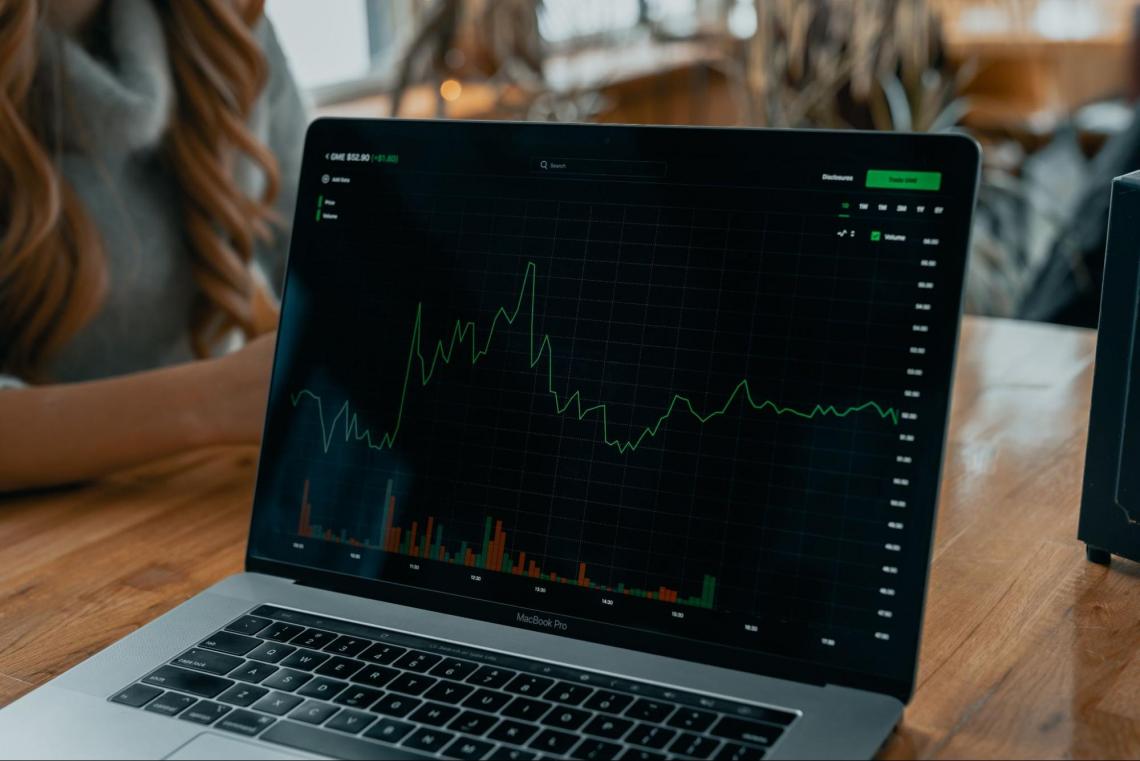
If the underlying asset of an option shifts in one direction or the other, a certain amount of insurance must be kept to ensure either party can pay their debts. This is called margin.
If an option's value moves negatively for either trader (purchaser or seller), they will have to add cash to their account or risk having the position forcibly closed by their brokerage.
These daily price variations do not impact the security's value at maturity. However, at the conclusion of each trading day, losses are subtracted, and gains are added.
Use a clearinghouse to arrange futures contracts while using borrowed funds.
The clearinghouse settles the difference in the contract's value at the conclusion of each trading day. This, as mentioned previously, is done by modifying the margin required by both trading parties.
How Do Brokers Use it?
Brokers use the MTM approach to value positions and calculate profit and loss for statement-reporting needs.
Regardless of whether positions are active or closed, mark-to-market profit and loss display the amount of profit or loss you experienced during the statement period.
Using this system, opening and closing transactions are not matched. These calculations take into account the closing of all open positions and transactions each day, as well as the opening of fresh positions the next day.
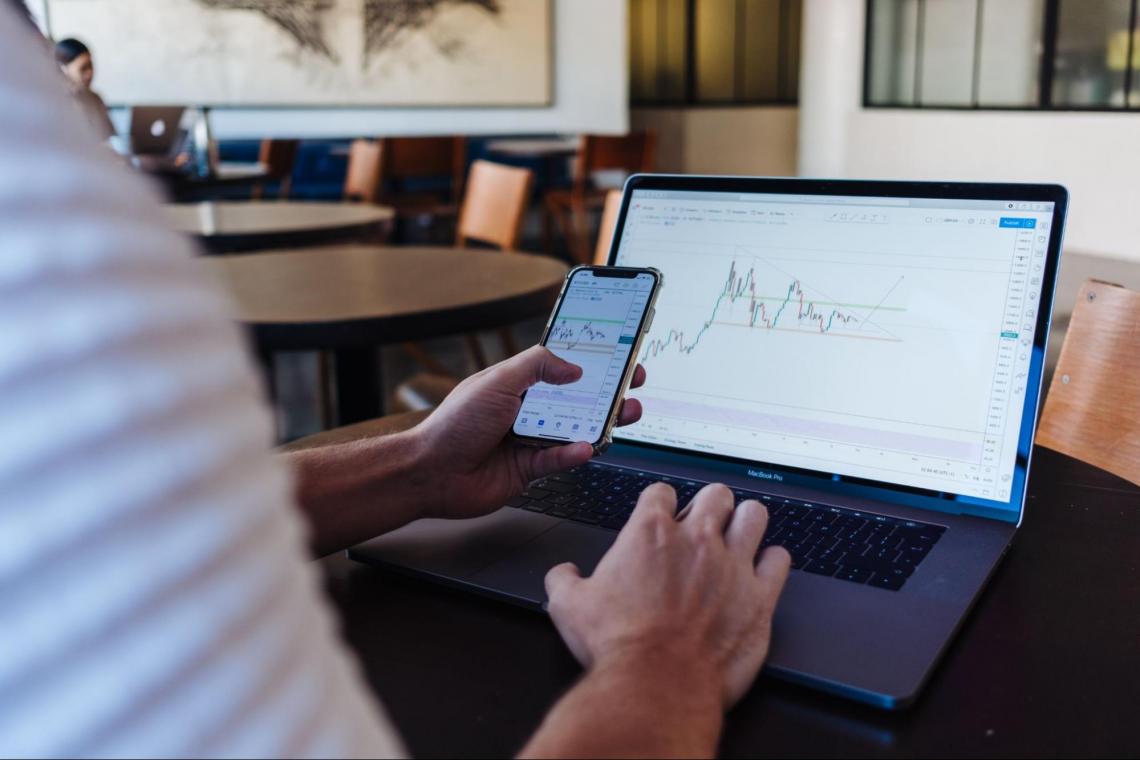
Clients of stock brokers have access to credit through margin accounts. Customers can borrow money from these accounts to purchase securities. Consequently, more money is available than the cash value (or equivalents) in the account.
Similar to how banks offer loans, the credit is offered by setting an interest rate and requesting a particular quantity of collateral, called margin. Despite market fluctuations in the value of assets (stocks or other financial instruments like options), the value of accounts is not determined instantly.
At the conclusion of the trading day, accounts are marked to market. Suppose the account value falls below a certain level (typically a ratio set by the broker). In that case, the broker makes a margin call, requiring the client to deposit additional cash or close the account.
Examples
Following are examples:
First example
For instance, an investor holds ten shares of a stock they bought for $3 each and is now trading for $5. Their "mark-to-market" value is equivalent to $50 (10 shares * $5). Although, their book value might only be $30 (depending on the accounting rules applied).
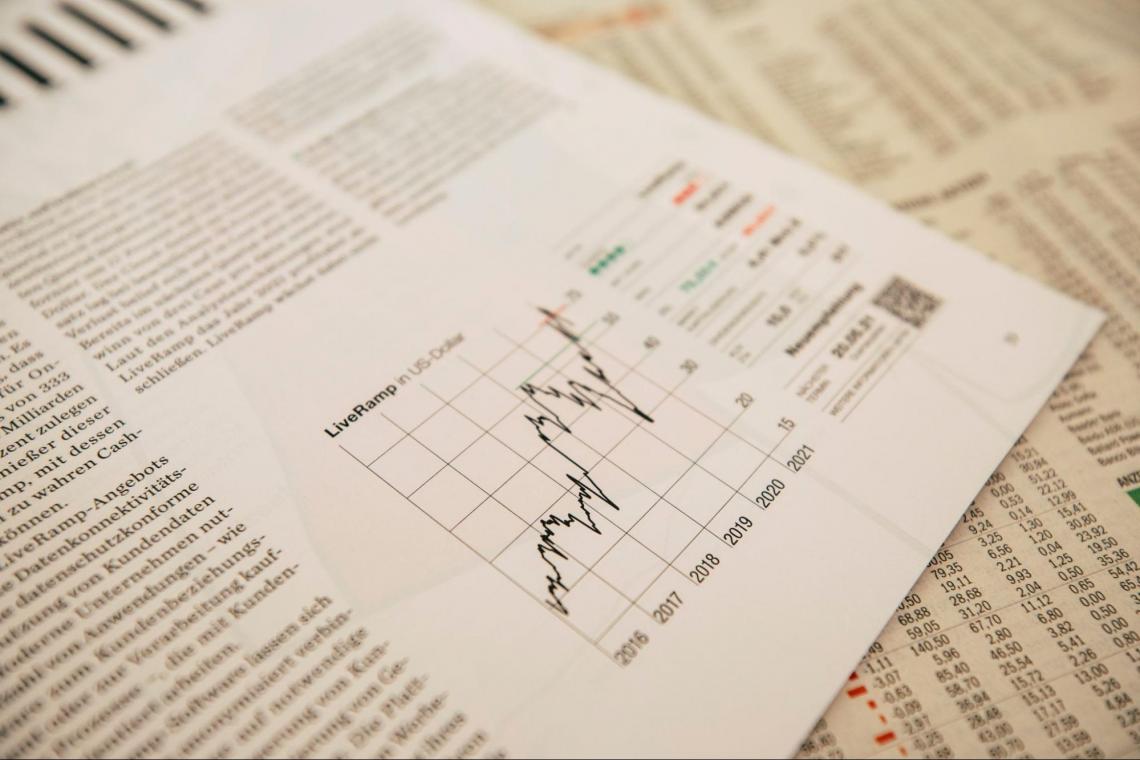
Similar to the previous example, if the stock price drops to $4, the mark-to-market value is $40, and the investor has an unrealized gain of $10 on the initial investment.
When the "mark-to-market" (accrual) is reversed in the following period, this could lead to issues. An accrual variance needs to be taken into account if the market price changes between the ending period (12/31/prior year) and the opening market price of the following year (1/1/current year).
Second example
Let us consider a situation where a farmer thinks the corn price will decline. Thus, the farmer enters into a short position in 10 futures contracts to hedge against the price decrease.
Assuming that each contract represents 1000 bushels of corn, the farmer is hedging against a decline in price on 10000 bushels of the commodity.
Assuming the price of one contract is 15$, the farmer's account balance is recorded as $150,000 ($15 * 10000 bushels).
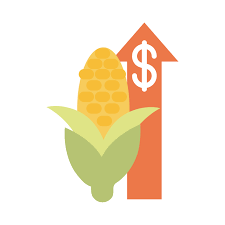
Since the farmer is taking a short position, he will benefit from a decrease in the contract value (an increase in the account balance). Conversely, if the account's value increases, the farmer's account balance will fall.
For instance, on day 2, the futures' value rose by $0.1 ($15.1-$15). Therefore, the loss for that day was reported as $1000 ( $0.1 * 10000). That amount then reduces the farmer's account balance.
However, the trader on the opposite end of the transaction will see their position appreciate, as the trader has a long position in the same futures and benefits from the price increase.
The farmer may close out his position by going long on a contract with the same maturity. If this is not done, the daily settlement will continue until the expiration date of the contract.
| Day | Future Price | Change in Value | Gain/Loss | Cumulative Gain/Losses | Account Balance |
|---|---|---|---|---|---|
| 1 | 15 | nbsp; | 150,000 | ||
| 2 | 15.1 | 0.1 | -1000 | -1000 | 149,000 |
| 3 | 15.05 | -0.05 | 500 | -500 | 149,500 |
| 4 | 14.9 | -0.15 | 1500 | 1000 | 151,000 |
| 5 | 15.1 | 0.20 | -2000 | -1000 | 149,000 |
| 6 | 14.85 | -0.25 | 2500 | 1500 | 151,500 |
Mark to Market and the 2008 Financial Crisis
The 2008 financial crisis might have gotten worse because of mark-to-market accounting. First, when home costs surged, banks increased the value of their mortgage-backed securities (MBSs).
They then hurried to make more loans to keep the balance between their assets and liabilities. They relaxed credit requirements in an effort to sell more mortgages.
They piled on subprime mortgages as a result. This is one of the ways derivatives contributed to the mortgage crisis.

When asset prices started to decline, a second issue arose. Banks were compelled to reduce the value of their subprime securities using MTM accounting. In order to prevent their liabilities from exceeding their assets, banks had to reduce their lending.
The housing bubble was fuelled by mark-to-market accounting, which reduced property values during the downturn.
The U.S. Financial Accounting Standards Board loosened the mark-to-market accounting guidelines in 2009. Banks were able to continue recording the value of MBSs on their books because of the suspension. The valuations had fallen.
The default provisions of their derivatives contracts would have been activated if the banks were forced to reduce their value.
The contracts stipulated that covering from credit default swaps insurance would be necessary when the MBS value reached a specific point. As a result, the world's largest banking institutions would have gone bankrupt.
Marking Assets to Market
1. How do we mark an asset to market?
The Financial Accounting Standards Board (FASB), which defines the accounting and financial reporting standards for businesses and nonprofit organizations in the United States, is in charge of mark-to-market accounting standards.
A definition of "fair value" and instructions on how to measure it in line with generally accepted accounting principles (GAAP) are provided in the FASB Statement of Interest "SFAS 157-Fair Value Measurements".
Then, for accounting reasons, assets must be regularly updated and appraised at that fair value.
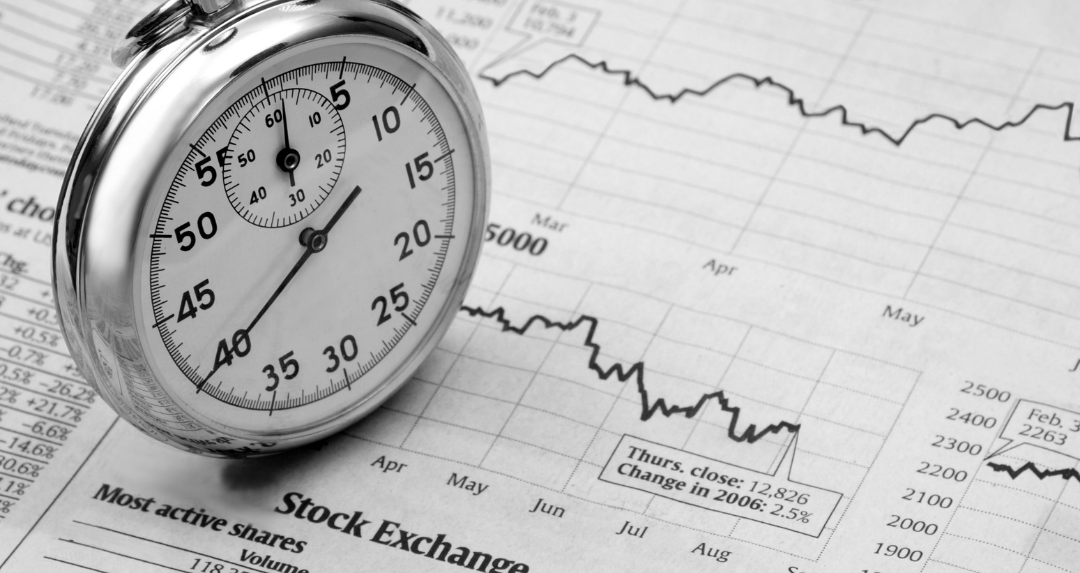
Should all assets be marked to market?
The norm in the financial sector is the market. It is primarily employed to value varying-value financial assets and liabilities. Therefore, both their value gains and losses are shown in the accounting.
However, most of the firm's value is in long-term assets like plant and equipment, inventory, and accounts receivable in the retailing and manufacturing business.
These are initially recorded at historical cost and subsequently impaired as necessary. Instead of marking to market, the correction for a loss of value in these assets is known as impairment.
-
Based on what the company might get in exchange for the asset in the current market, mark-to-market accounting can provide a more precise estimate of the current value of a company's assets.
- Marking to market might not correctly reflect an asset's true market value in adverse or volatile circumstances.
- MTM is an alternative to historical cost accounting, which keeps an asset's worth at its original acquisition price.
- Accounts in a futures contract are marked to market daily. The long and short positions are compared to determine profit and loss and the new margin requirements.




or Want to Sign up with your social account?